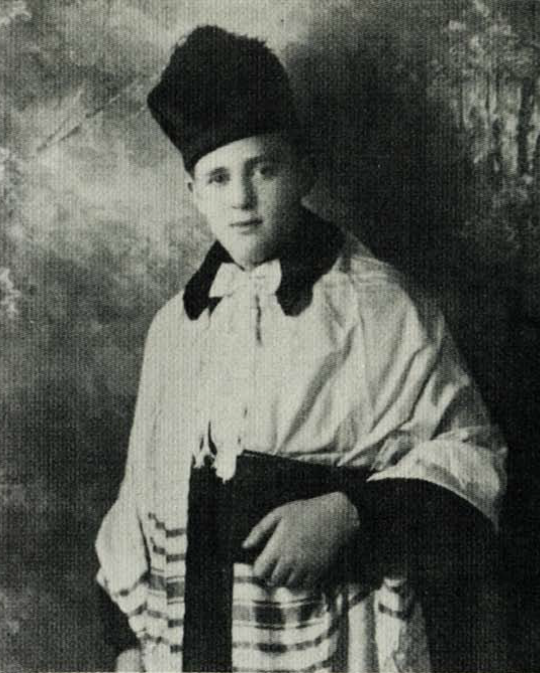High Holy Days in a Conservative Synagogue
5774 A new year. In case you haven’t noticed...the world is changing.
5774 A new year. In case you haven’t noticed...the world is changing.
The music of the traditional synagogue in America has strong roots in the culture and shtetls of 19th and early 20th century Eastern Europe. Like many of the greats of the Golden Era of Hazzanut Cantor Gedalie Bargad was a gifted hazzan who grew out of the chassidic environment.
 For five generations, the Lind Family, descended from Belzer Hassidim in Galicia, sang the songs of the synagogue. It was from this lineage that Joshua Lind (1890—1973) rose to prominence as a composer, cantor and teacher. Joining his father’s synagogue choir at the age of 5, young David Lind quickly became a Cantorial wunderkind touring the country and recording for RCA Victor.
For five generations, the Lind Family, descended from Belzer Hassidim in Galicia, sang the songs of the synagogue. It was from this lineage that Joshua Lind (1890—1973) rose to prominence as a composer, cantor and teacher. Joining his father’s synagogue choir at the age of 5, young David Lind quickly became a Cantorial wunderkind touring the country and recording for RCA Victor.
Together with his brothers, Murray and Phil, David formed the Lind Brothers Trio in 1937. They became quite popular performing a repertoire especially created for them by their father, Cantor Joshua Lind.
Jacob Barkin became an internationally acclaimed cantor and operatic performer during the 1950s, 1960s and 1970s. He performed with the Pittsburgh and New York Symphony Orchestras and was offered a contract by the Metropolitan Opera (which he declined). Early in his career he became a White House favorite of presidents Franklin Roosevelt and Harry Truman. While officiating at Adas Israel Congregation in Washington DC (1952 – 1975) he was invited to perform at the White House by presidents Dwight Eisenhower and Richard Nixon.
Panorama Theme by ![]() Themocracy
Themocracy